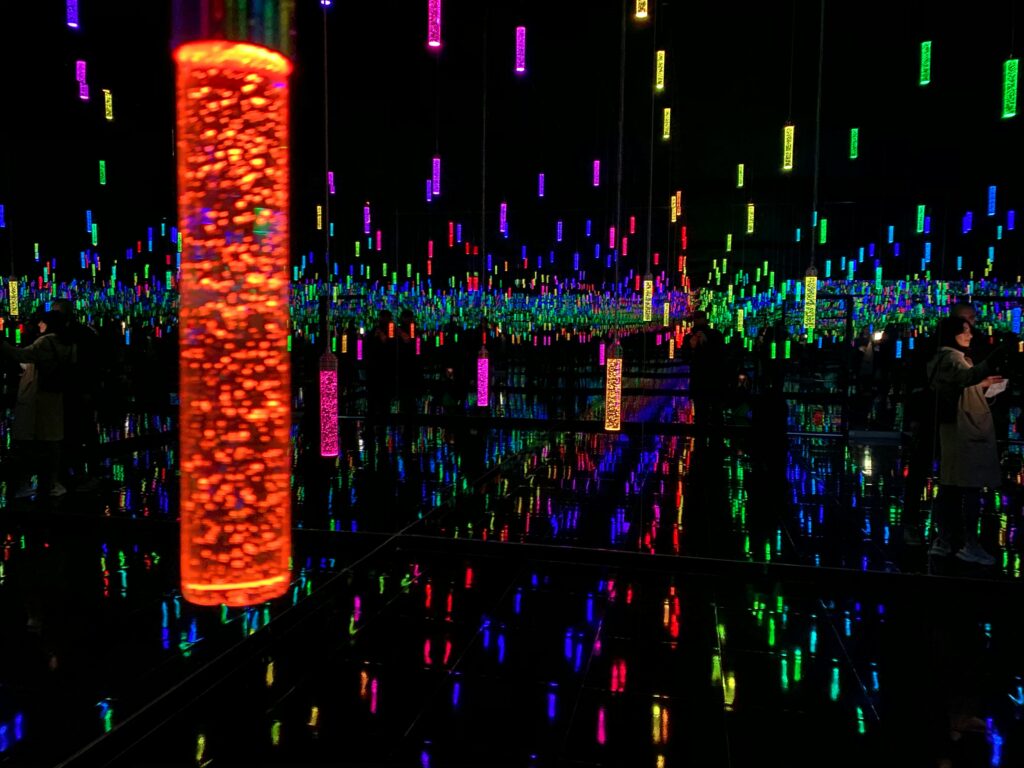Introduction
Spatial computing—blending AR, VR, and mixed reality—is transforming how we interact with the world in 2025. From Apple’s Vision Pro to Meta’s Orion glasses, it’s a $100 billion market (per IDC) and X’s hottest trend (#SpatialComputing2025). Whether it’s virtual workspaces or immersive games, let’s dive into why spatial computing is surging and its impact.
What is Spatial Computing?
Spatial computing integrates digital content with the physical world via sensors, cameras, and AI. Think AR glasses overlaying data or VR headsets creating 3D worlds. In 2025, devices are lighter (300g vs. 600g in 2023) and cheaper ($500-$2000). I tried Vision Pro—designing in 3D felt like the future!
The Tech Powering the Surge
High-resolution displays (4K per eye), 5G connectivity, and AI-driven tracking are key. Lidar sensors map rooms in milliseconds, with 99% accuracy, per IEEE. Battery life now hits 4 hours, up 50% from 2023. X posts (#ARVR2025) showcase demos like holographic calls—mind-blowing but laggy on weak networks.

Hardware Advances
Apple’s Vision Pro ($1500) and Meta’s Orion ($800) lead. Their chips process 10x more data than 2023 models, per TechRadar. Wearables are sleek—glasses weigh 100g, like sunglasses. I saw an X clip of Orion’s hand-tracking; it’s smoother than ever, though calibration takes practice.
Software Ecosystem
Unity and Unreal Engine power 80% of spatial apps, per Statista. In 2025, 5,000 new apps launch, from virtual fitness to 3D design. AI personalizes experiences—my AR workout app adjusts routines in real-time. X developers share open-source AR kits (#SpatialDev2025), spurring innovation.
Applications in 2025
Spatial computing is everywhere. In workplaces, 30% of firms use AR for training, cutting costs by 25%, per Deloitte. Education sees VR classrooms—students “visit” Mars, boosting engagement by 40%, per EdTech. Gaming is huge; 20 million play spatial games monthly, per Newzoo. I tried a VR shooter—intense!
Workplace Transformation
AR streamlines tasks—Boeing’s AR glasses reduce wiring errors by 50%, per Forbes. Remote collaboration is big; Microsoft’s Mesh lets teams meet in 3D, saving 20% on travel. X posts (#ARWork2025) show architects designing in VR—it’s faster than 2D sketches.

Education and Entertainment
VR schools serve 1 million students globally, per UNESCO. Entertainment is evolving—AR concerts draw 10,000 virtual attendees, per Billboard. I attended a holographic show via Meta Quest—it felt real! X fans rave about #VRMusic2025, though high-end devices limit access.
The Future of Spatial Computing
By 2026, 50 million devices will ship, per Gartner. Expect AR contact lenses by 2028, with trials in 2025. I predict seamless AR-VR hybrids—X is hyping #SpatialFuture2025. Long-term, spatial computing could replace smartphones, merging digital and physical worlds.
Getting Started
Buy a budget VR headset like Quest 3 ($499) or try AR apps on your phone (e.g., Pokémon Go). Join X’s #SpatialComputing2025 for tips or explore Unity’s free AR tutorials. I started with a free VR app—it’s addictive! Always check device compatibility.
Conclusion
Spatial computing is redefining reality in 2025, from work to play. It’s not cheap or flawless, but its potential is limitless. Jump into the surge on X, grab a headset, and experience the future.
